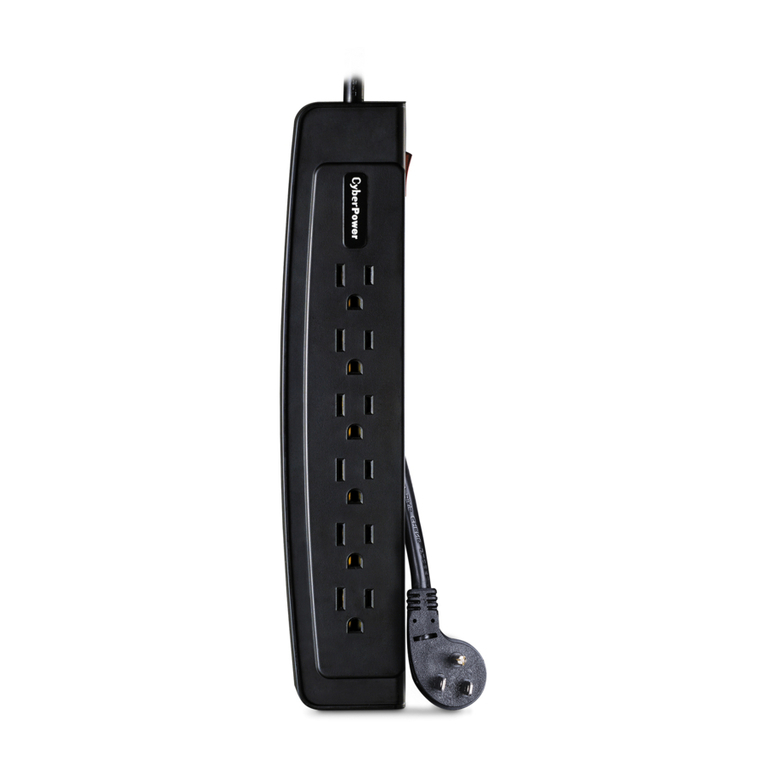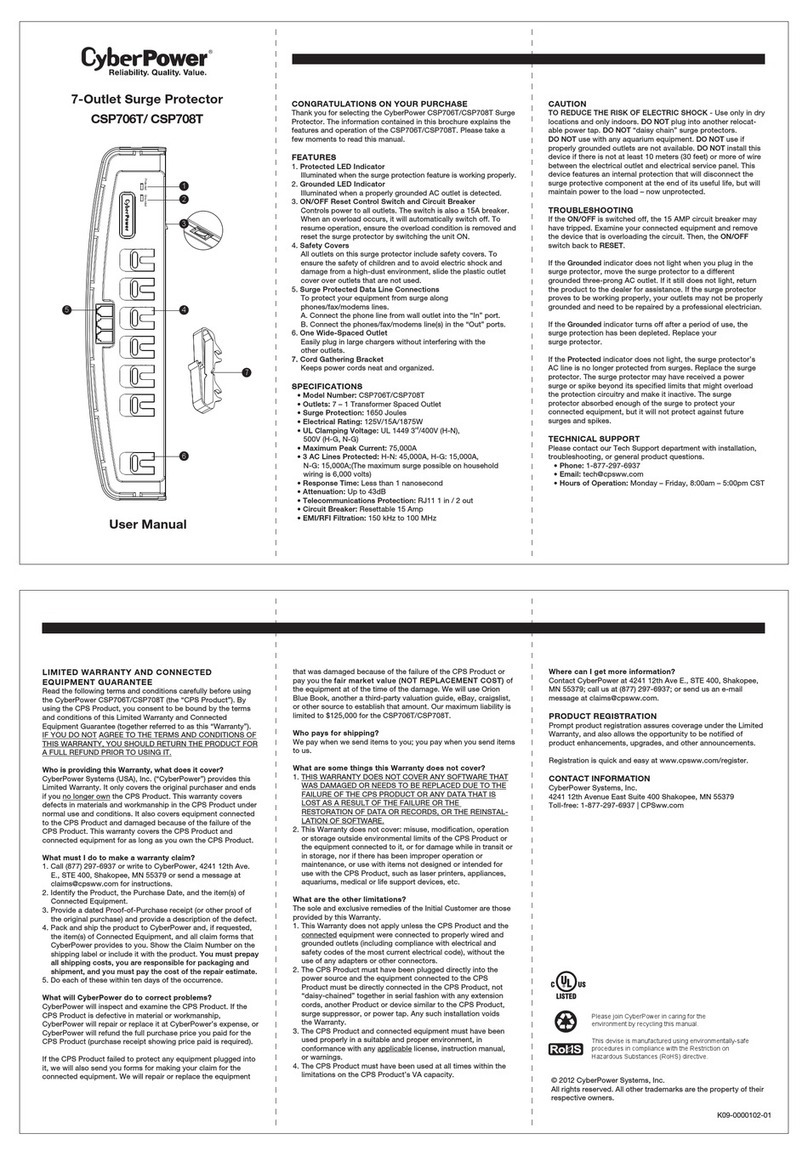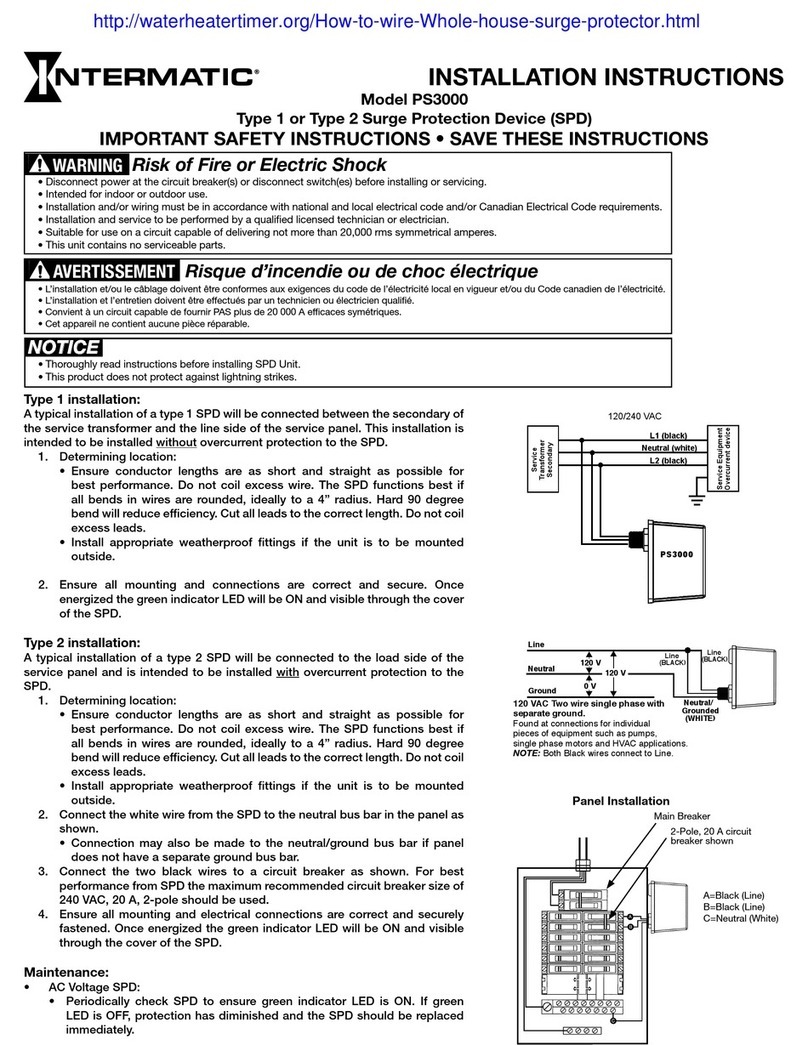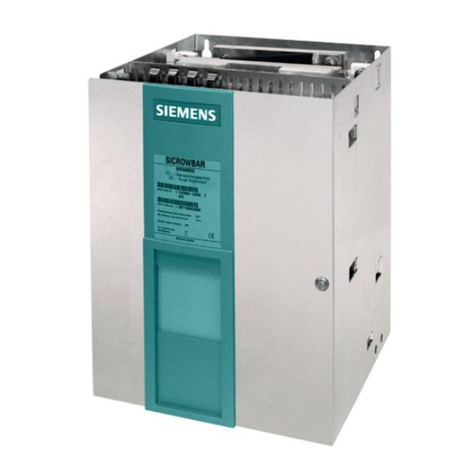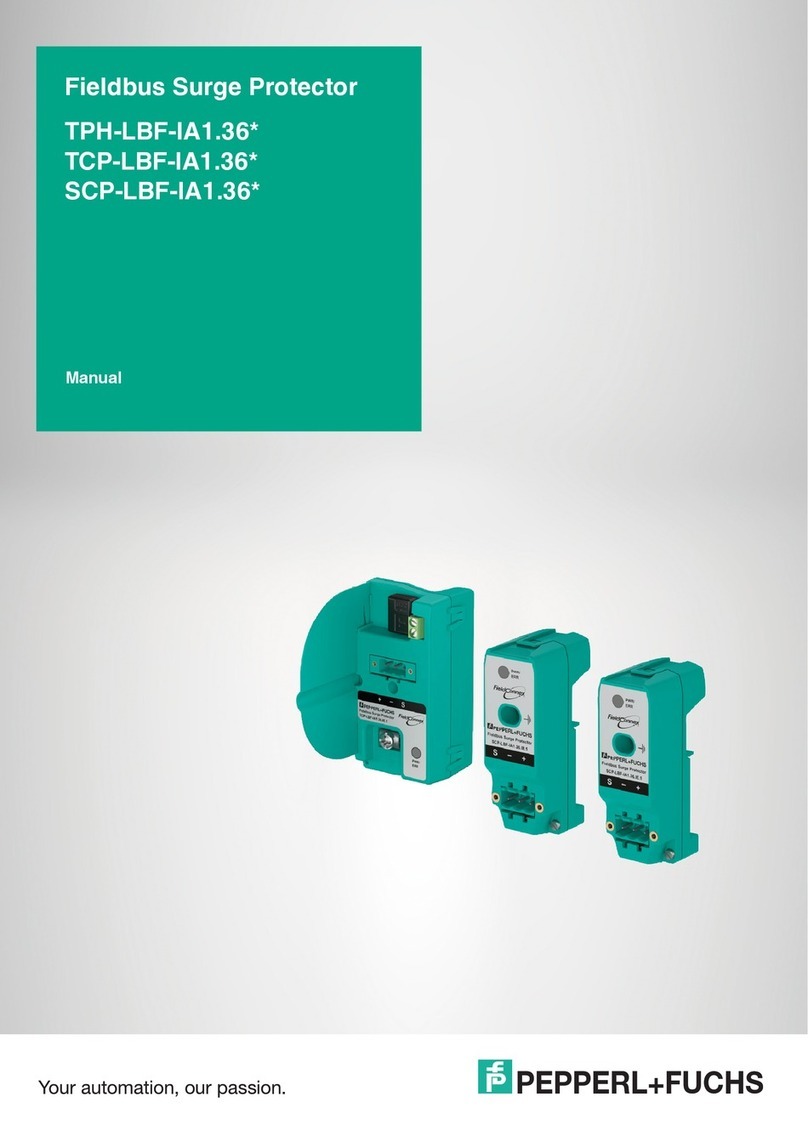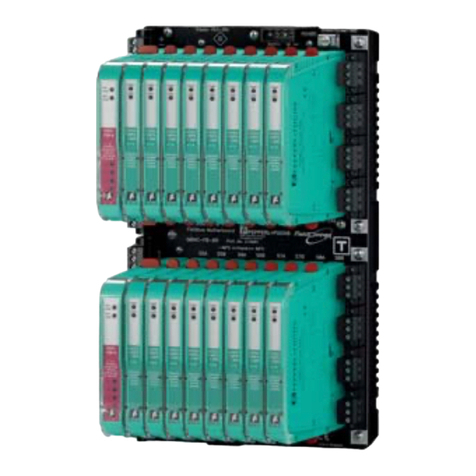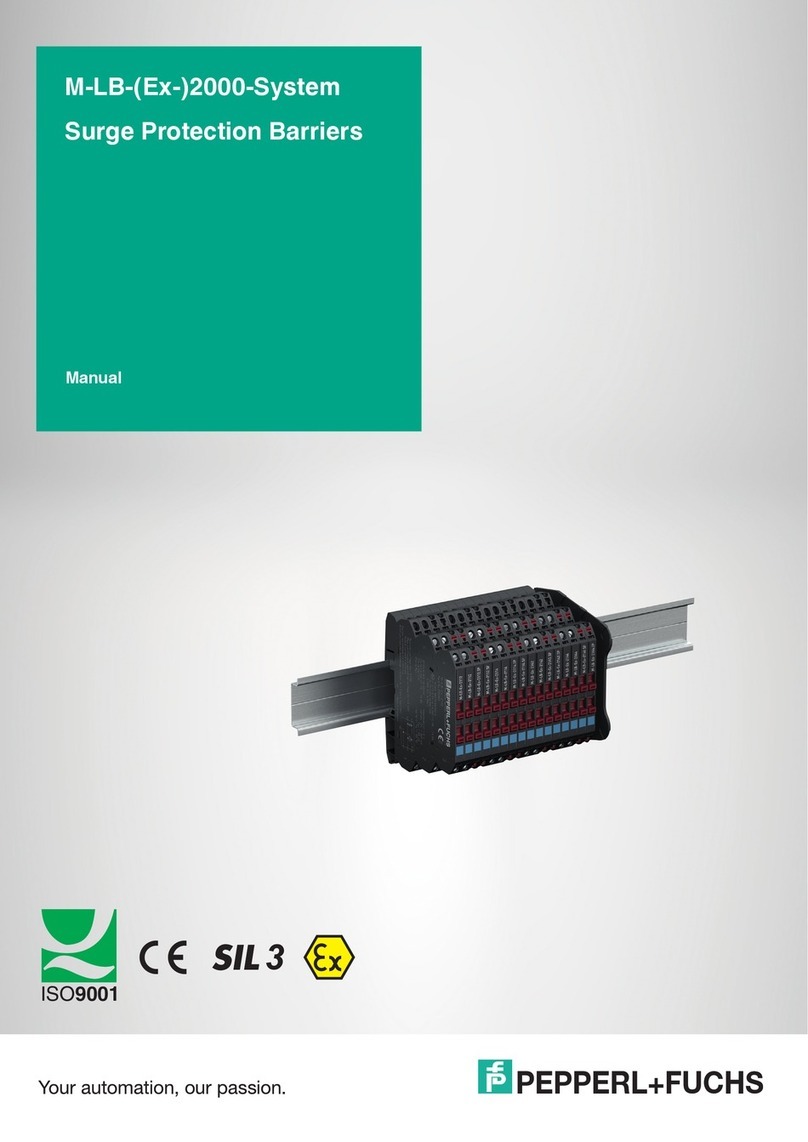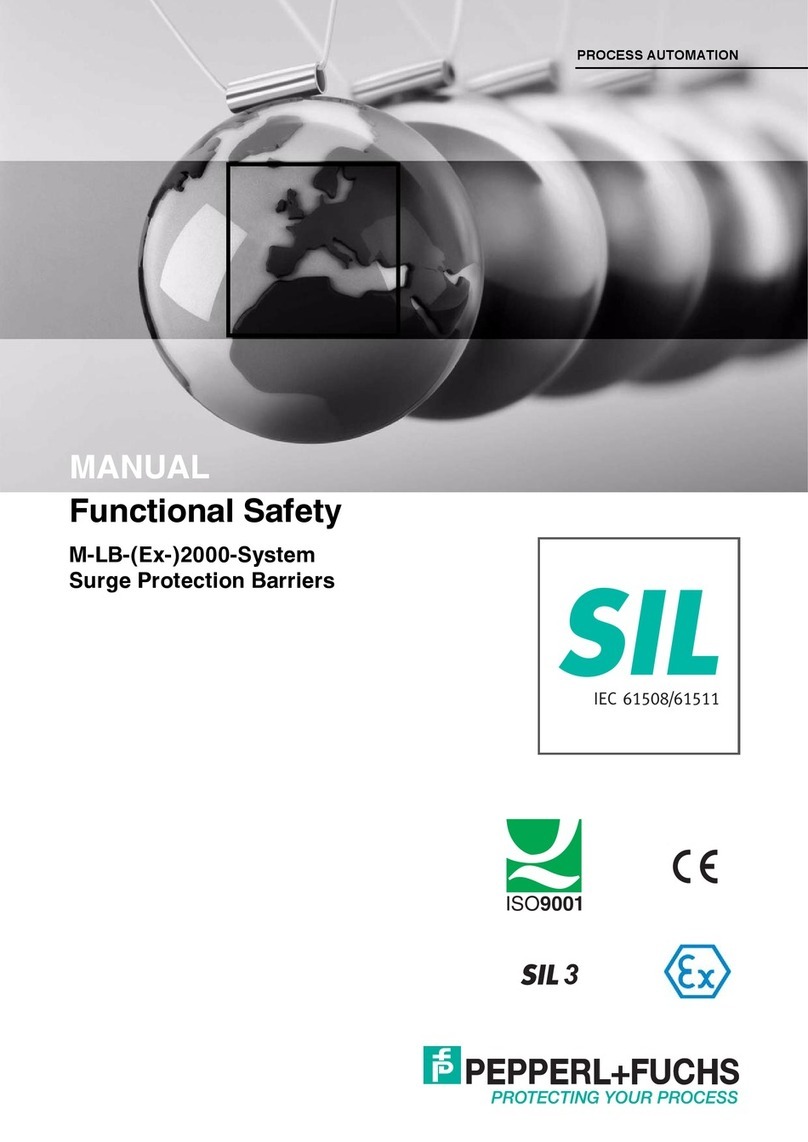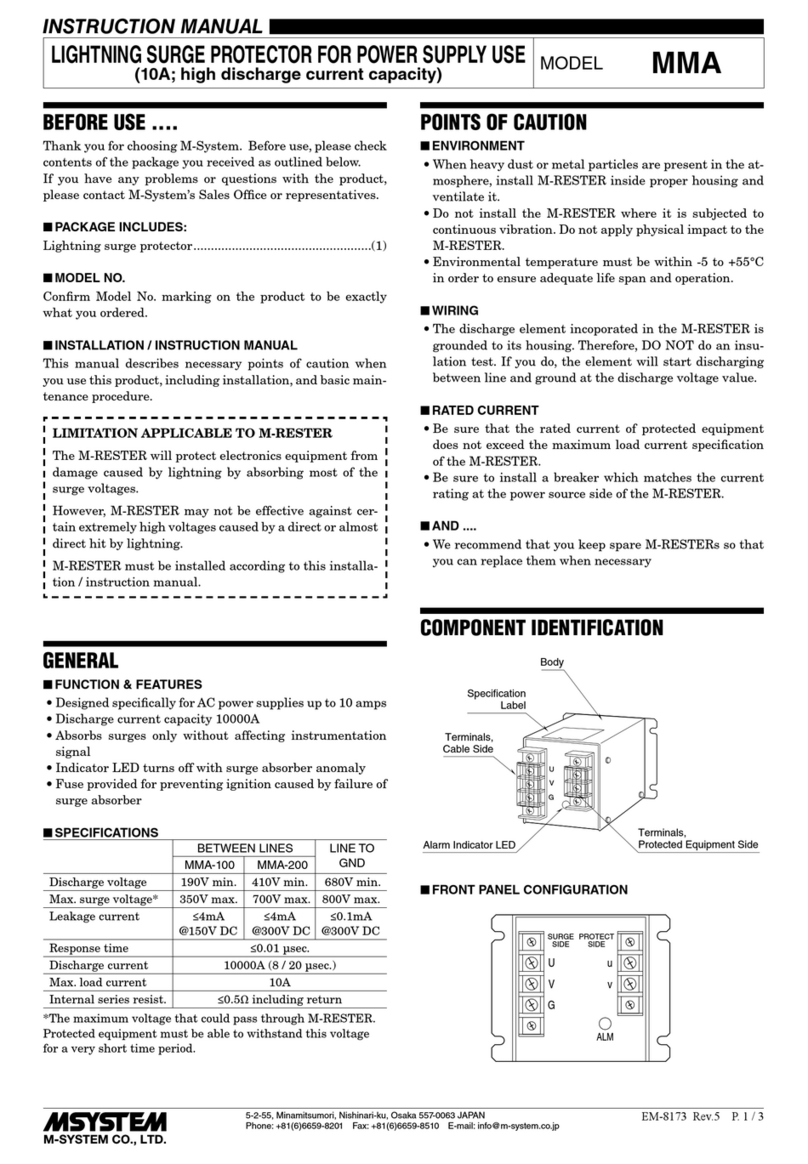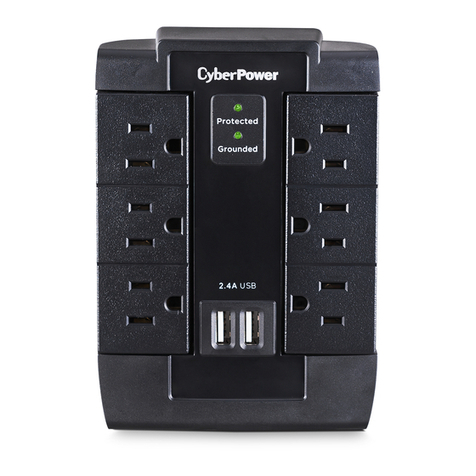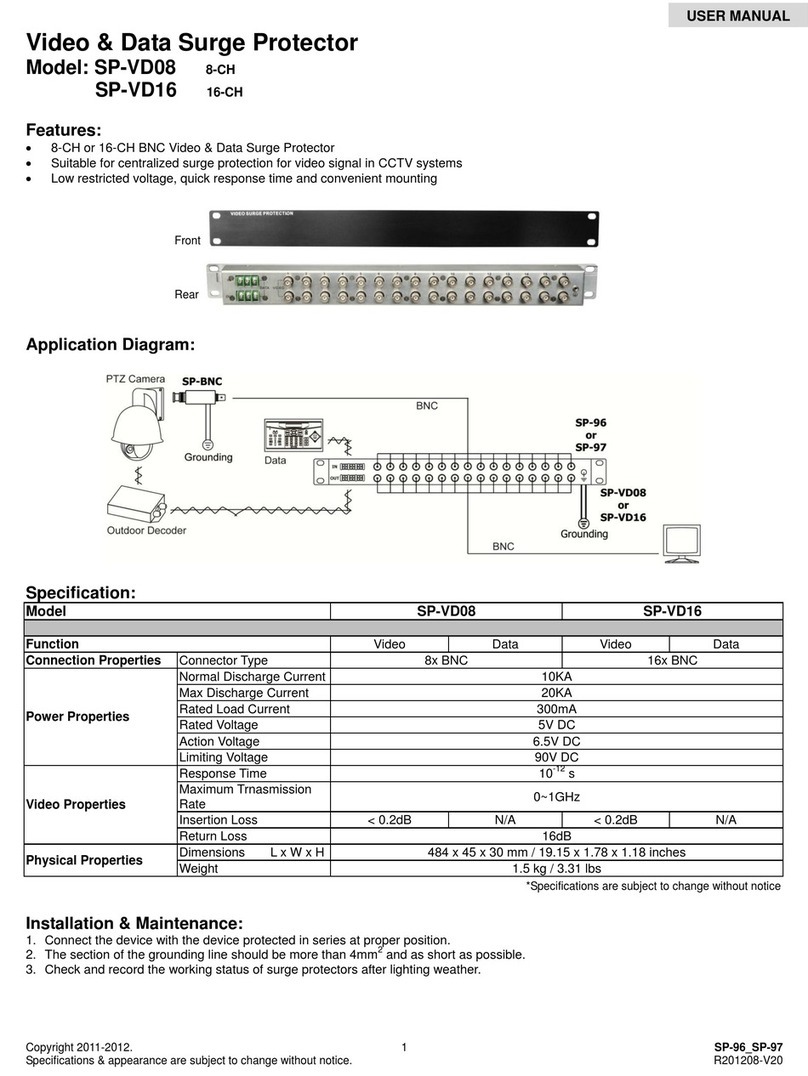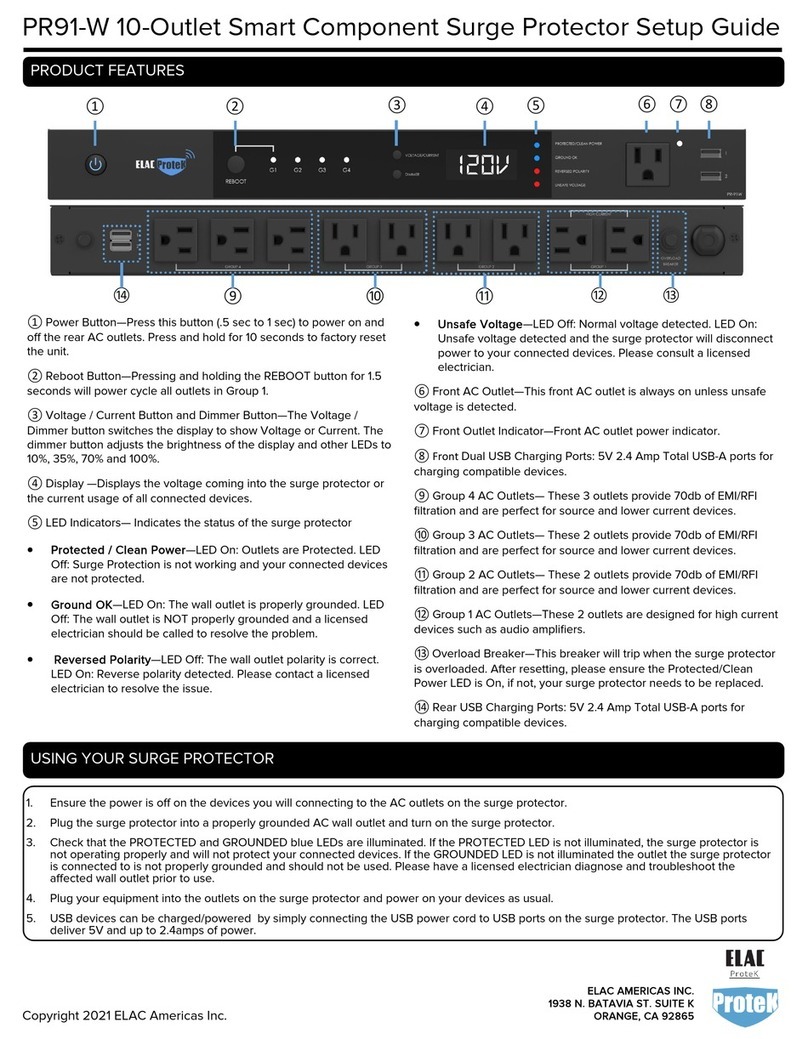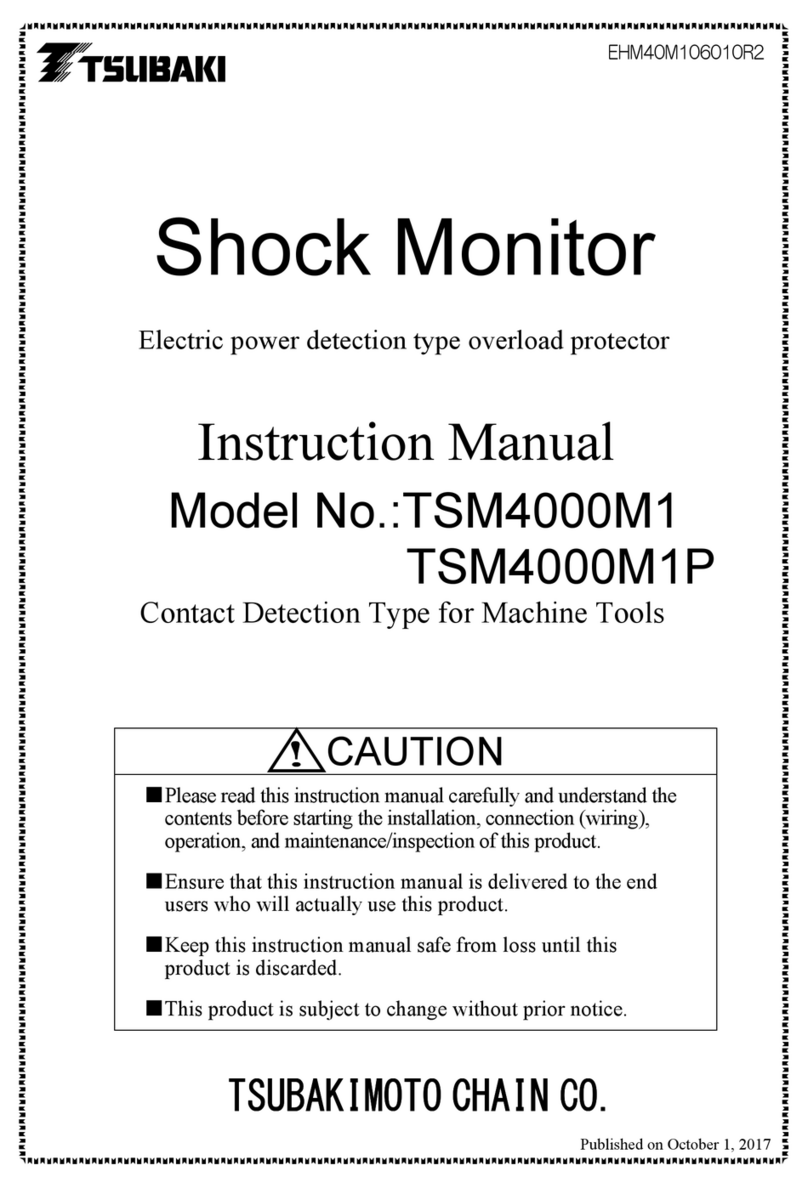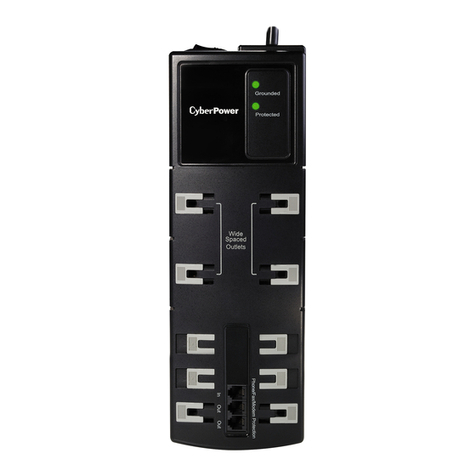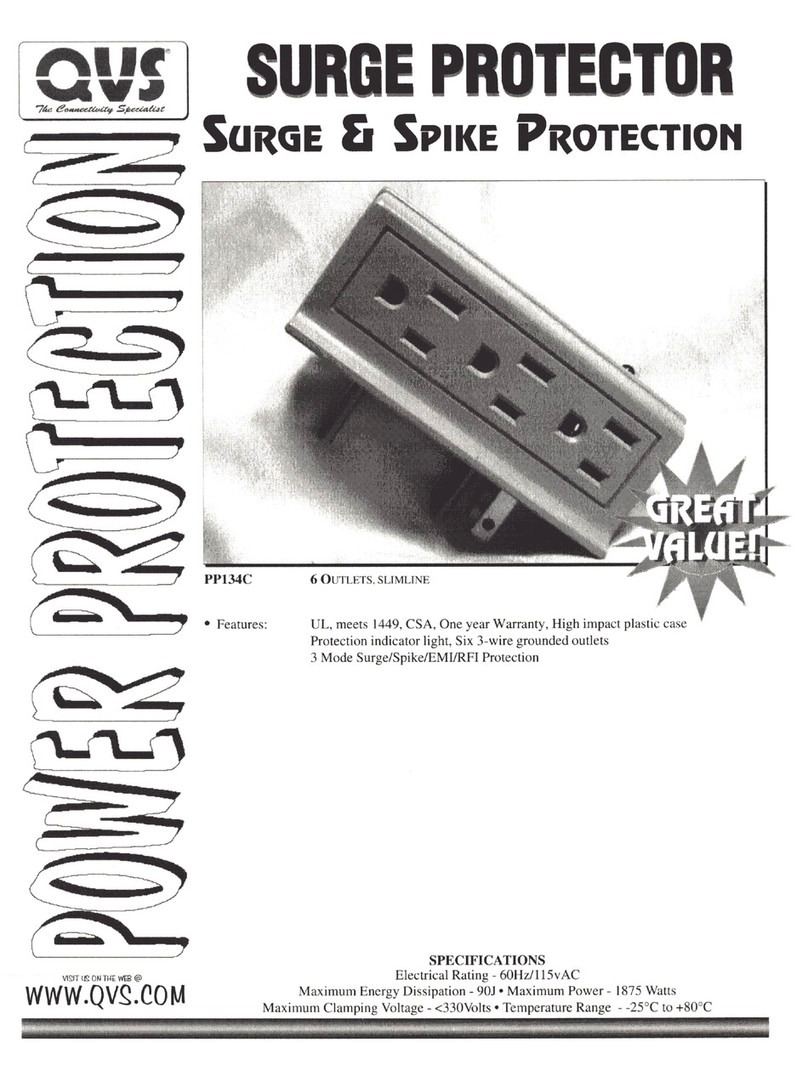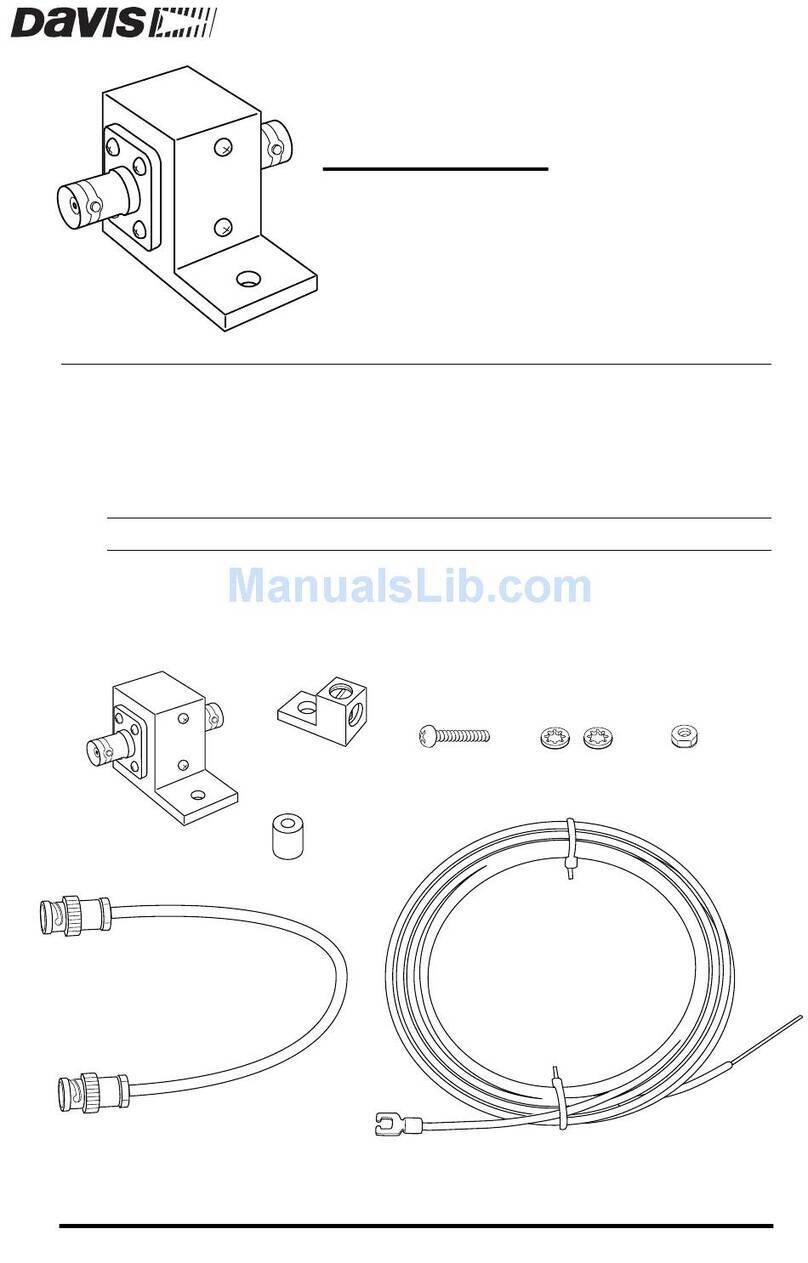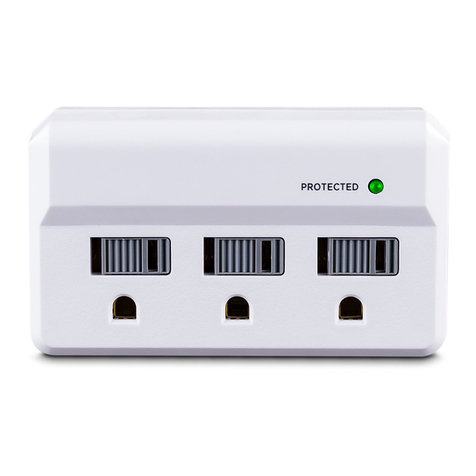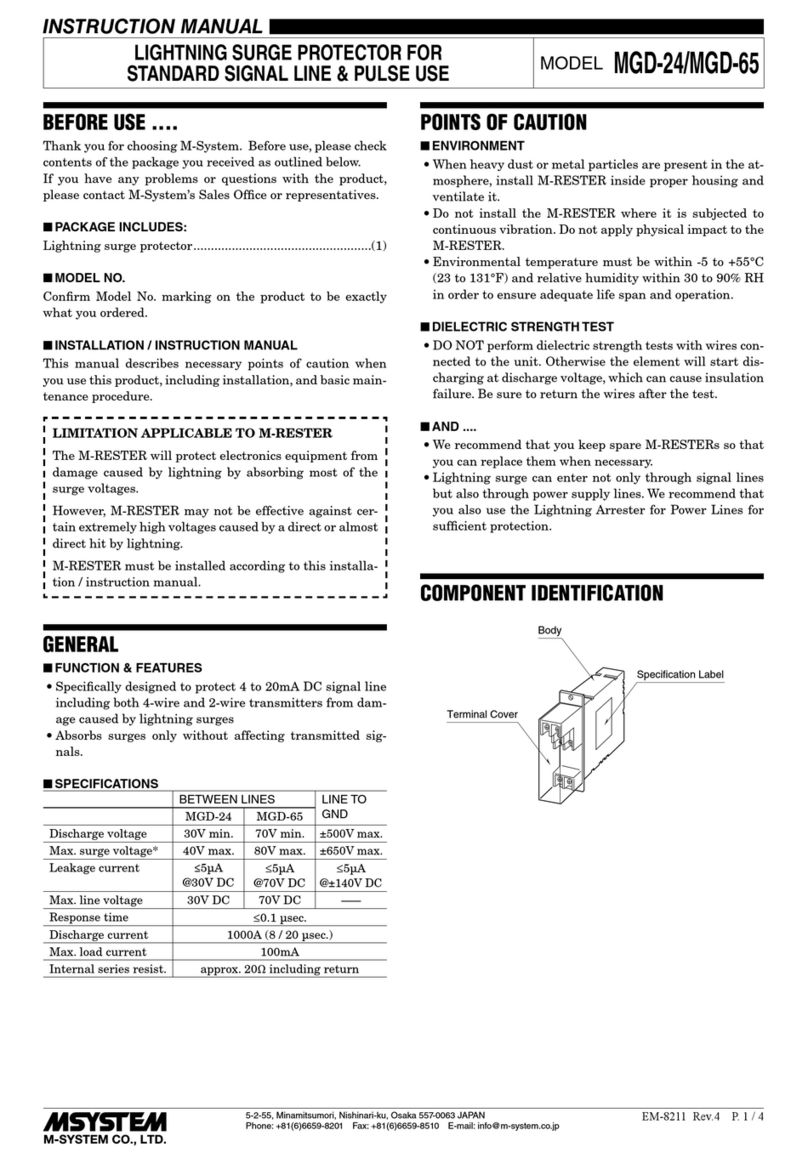
2018-03
10
Functional Safety M-LB-(Ex-)5000-System
Planning
3.2 Assumptions
The following assumptions have been made during the FMEDA:
• The device will be used under average industrial ambient conditions comparable to the
classification "stationary mounted" according to MIL-HDBK-217F.
Alternatively, operating stress conditions typical of an industrial field environment similar to
IEC/EN 60654-1 Class C with an average temperature over a long period of time of 40 ºC
may be assumed. For a higher average temperature of 60 ºC, the failure rates must be
multiplied by a factor of 2.5 based on experience. A similar factor must be used if frequent
temperature fluctuations are expected.
• The control loop is considered to be either isolated from ground (except i. e. components
within the protection module), or one of the protected lines is directly connected to ground.
In both cases, a failure mode leads to a safe reaction or has no effect, so the worst case is
assumed to be a no effect failure.
• Failure rate based on the Siemens standard SN29500.
• Failure rates are constant, wear is not considered.
• The control loop has a hardware fault tolerance of 0and it is a type Adevice. A SFF value
for this device is not given, since this value has to be calculated in conjunction with the
connected field device, as described in the following section.
• The devices M-LB-(Ex-)5*13 and M-LB-(Ex-)5*14 do not withstand conducted
RF immunity tests (10 V according to IEC/EN 61000-4-6).
The devices M-LB-(Ex-)5*13, M-LB-(Ex-)5*14, M-LB-(Ex-)5*43, and M-LB-(Ex-)5*44 do
not withstand immunity tests against conducted common mode disturbances at spot
frequencies (100 V according to IEC/EN 61000-4-16).
Cause is that the limit values of the protective elements for the application are lower than
the test limits required by the standards. The user has to decide whether the devices are
suitable for the application or whether the devices with higher voltage limits must be used.
Application
The surge protection barrier and the connected device (field device, isolator or actuator) have
to be considered in combination. The PFDavg/PFH budget of the device categories in the entire
safety loop is:
• Actuator (valve) 40 %
• Transmitter (sensor) 25 %
• Isolator 10 %
As an overview for the SIL2 or SIL3 safety loop this means:
Device category SIL2 SIL3
PFH PFDavg PFH PFDavg
Total 10-6 10-2 10-7 10-3
Actuator (40 %) 4 x 10-7 4 x 10-3 4 x 10-8 4 x 10-4
Transmitter (25 %) 2.5 x 10-7 2.5 x 10-3 2.5 x 10-8 2.5 x 10-4
Isolator (10 %) 10-7 10-3 10-8 10-4
Table 3.1 Overview PFDavg/PFH budget

